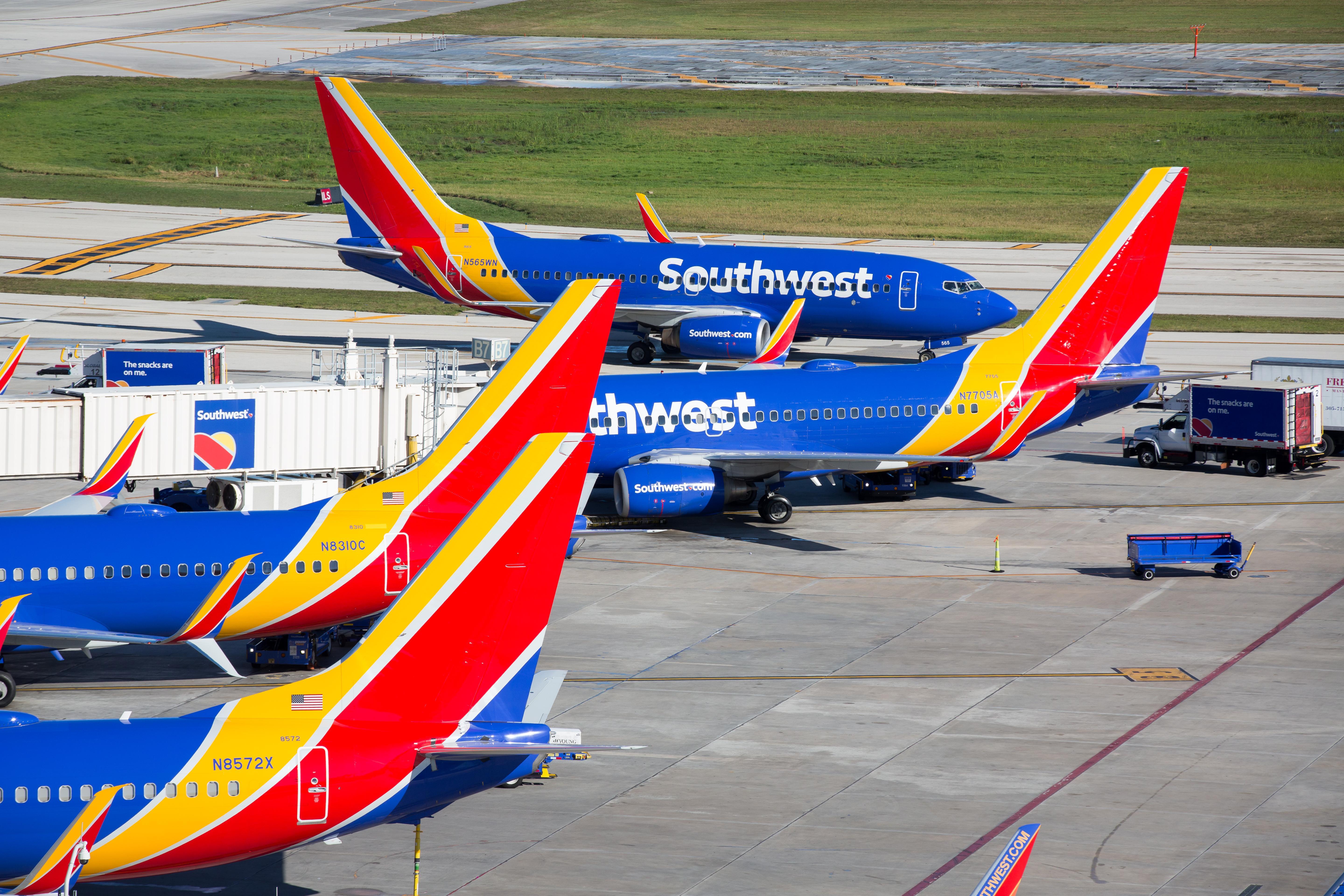
Modern MRO management systems not only help airlines conduct maintenance more efficiently, they enable carriers to much more easily connect digitally with OEMs, part providers and other elements in aftermarket.
But, like much else in aviation, modernization of these systems hit a speed bump during the COVID crunch on airline finances.
Now there is movement again. The largest modernization of an airline system in history, Maintenix at Southwest Airlines, has gone live. And many smaller projects at smaller carriers have been started or completed in the last several months.
The low-cost carrier chose Maintenix way back in spring of 2015. After careful preparation and even more careful deployment over its huge fleet of more than 700 Boeing 737s, Southwest was expecting to go live in 2020.
But COVID forced the carrier to delay the final steps, and it was not until April 28, 2021, that the new system was finally ready for cutover.
Meanwhile, other IT providers have also been busy, with Swiss-AS, a part of the Lufthansa Group, busiest of all.
In January 2021, Swiss-AS announced implementation of its AMOS software at Israir Airlines, after COVID had delayed its use for the carrier’s seven Airbus A320s and ATR 72s.
Also in January, VallJet, a French business aviation company, chose AMOS for more than 30 executive aircraft. And toward the end of the month. Kalitta Air went live with AMOS for 37 Boeing 747s, 767s and 777s.
In March, Hong Kong Express went live with AMOS hosted in the cloud for 24 320s, 320neos and 321s. COVID caused no delays here, and the project was completed only 10 months after kick-off. Also in March, the German aviation service provider Air Alliance chose AMOS for its maintenance and engineering activities.
In April, Swiss-AS announced that Etihad Airways had implemented AMOS across its entire fleet of more than 100 Boeing and Airbus aircraft.
Smaller providers have also had success as the traffic recovery begins. Early in the new year, Trax signed up RwandaAir for the web-based version of its software.
RwandAir flies 12 A330s, 737NGs, Bombardier CRJ-900NGs and DHC-8 Q400s. In March, Transavia France, which flies over 40 737-800s, added Trax’s eMobility apps to its software, enabling electronic technical logbooks and digital task cards.
Also in March, Bangladesh’s US-Bangla Airlines, selected Rusada’s ENVISION software for its maintenance work. A month later, South Korean start-up Aero K, went live with ENVISION in time for its maiden flight.
When not adding customers, MRO software providers have been adding capabilities. In April, Commsoft added a customs-tracking module to its OASES software to assist in post-Brexit MRO logistics. product manager Adam Frost says his main goals for 2021 are providing better tools for line maintenance planning and resource management.
So the MRO software sector is perking up again, after a partial hibernation during the worst of COVID. That is good news for airlines, and for the aftermarket companies that must support and connect with airline MRO departments.





